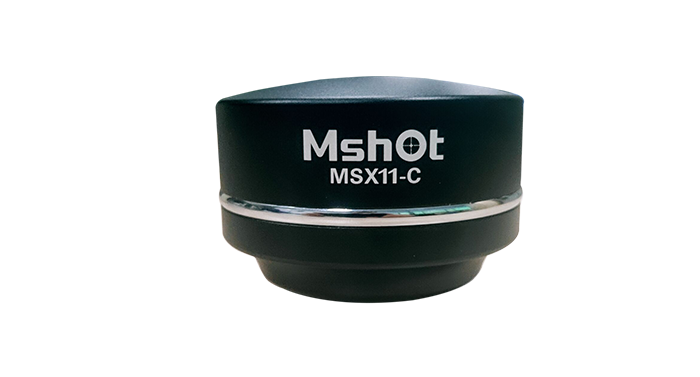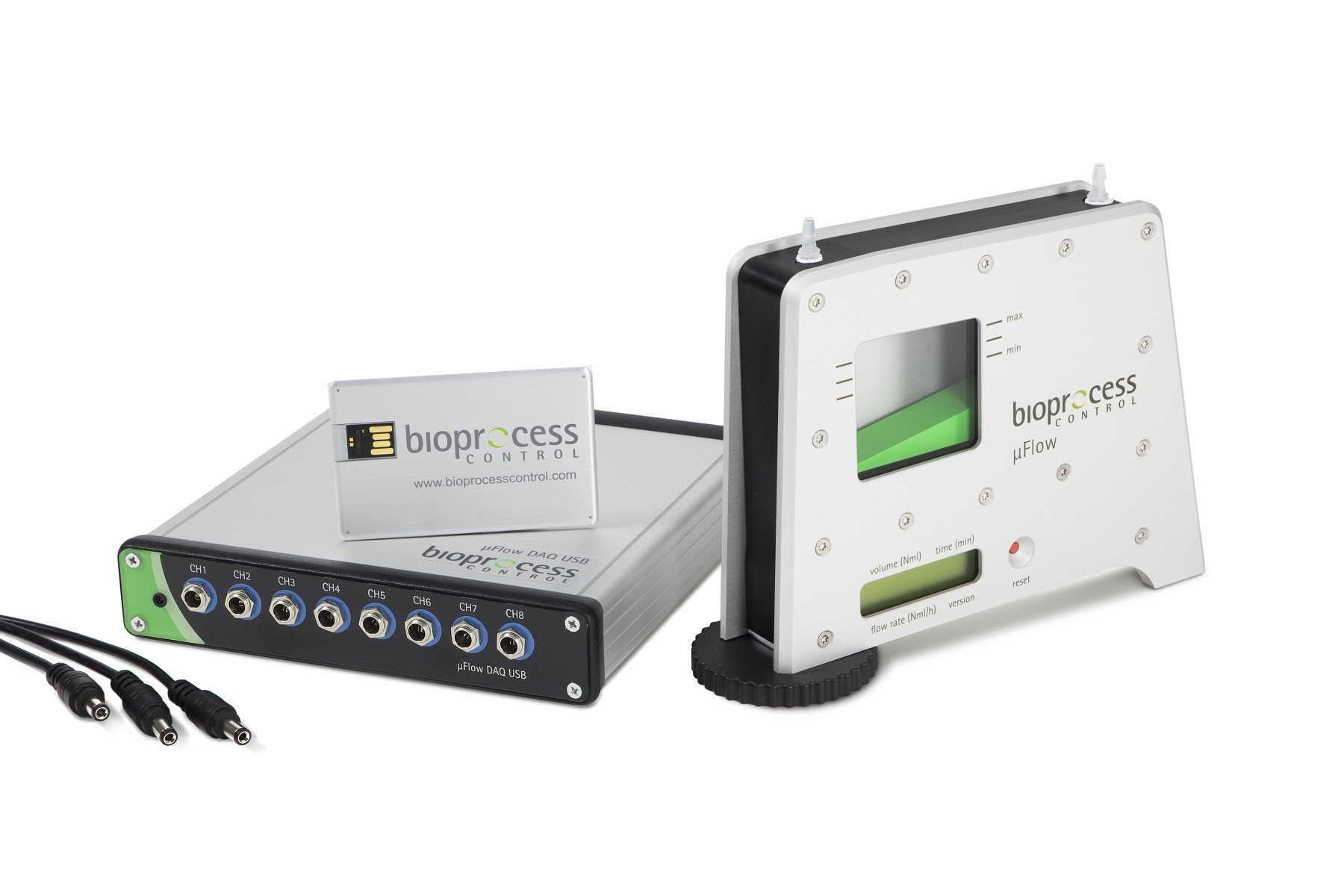方案详情
文
这是文章《使用等离子体制动器实现对高速高雷诺数喷射的流动和噪声控制》的第二部分。该文报道了在亚音速至跨音速区间进行的一系列实验结果。
方案详情

A-PDF Split DEMO : Purchase from www.A-PDF.com to remove the watermark x/D Figure 5.-Spatial development of seeded perturbations on the flapping plane at severalStrouhal numbers (StpF) for azimuthal modem=±1. Figure 6.-Spatial development of seeded perturbations on the non-flapping plane atseveral Strouhal numbers (StDF) for azimuthal mode m=±1. a Figure 7.-Axial growth of input perturbations in the flapping (a) and non-flapping (b) plane at a Ma= 0.5 jetcondition perturbed in the azimuthal±1 mode. When the jet is excited at a higher frequency, the flow structures are smaller and they decay quicklyas seen in Samimy et al. (2005). This explains why the perturbation level decays rapidly at higher forcingfrequencies. On the non-flapping plane, the maximum fluctuation level is 10 to 25 dB lower than that on theflapping plane. This lower fluctuation level was expected since the probe was on the nodal point of theflapping motion. Although the perturbation level was reduced, the amplification trends appear to besimilar to those observed on the flapping plane. The axial growth of the input perturbations measured at NASA is shown in figure 7 for the flappingand non-flapping planes, at a Ma=0.5 jet condition. Only perturbation frequencies of StpF=0.3 andStpp=1.8 were considered during this phase of NASA testing due to time constraints. In the flappingplane, at a perturbation frequency StpF=0.3, near the jet preferred frequency, the perturbed jet shows asignificant amplitude increase compared to the baseline jet. The saturation point for the perturbed jetappears between x/D=2 and x/D=3 and is followed by a slow decay. In the non-flapping plane, theperturbed jet again saturates at a higher amplitude than the baseline jet and at x/D=40, slightlydownstream of the jet observed in the flapping plane. The Ma=0.5 jet perturbed at Stpr=1.8 shows limited response in the flapping plane close to thenozzle exit (less than x/D=2). No significant response is observed further downstream in the flappingplane or at any axial location in the non-flapping plane. The NASA jet appears to be fairly insensitive tothis forcing frequency. The spatial development of the input perturbations were also recorded at NASA using a Ma= 0.84 jetcondition (fig. 8) to compare against the detailed data recorded at GDTL. Results in the flapping planeshow the jet is responding to the perturbations based on comparison with the baseline. Saturation of theexcited mode occurs around x/D=5, where the excited jet is 3 dB above the baseline. Data in the non-flapping plane also shows increased amplitude in the jet excited at Stpr=0.3 versus the baseline, but, asexpected, the difference is smaller. The saturation peak in the non-flapping plane appears much broader,occurring somewhere x/D=3 andx/D=5. In both the flapping and non-flapping planes, the amplitudedifference between the excited and unexcited jet is smaller and the saturation point occurs furtherdownstream in NASA data than was observed in the GDTL data. No significant response is observedwhen the jet is perturbed at StpF=1.8, again showing that the NASA jet, unlike the GDTL jet, is notparticularly sensitive to this perturbation frequency. a x/D; Figure 8.-Axial growth of input perturbations in the flapping (a) and non-flapping (b) plane at a Ma=0.9 jetcondition perturbed in the azimuthal ±1 mode. Figure 9.-Centerline Mach number for various jet Mach numbers with forcing Strouhalnumber of ~0.3 and azimuthal mode m=±1. Flow Results PIV measurements on a streamwise plane passing through the centerline of the jet (fig. 1) werecarried out at GDTL at three Ma=0.5,0.7, and 0.84(M=0.51,0.74, and0.9). The measured centerlineMach number profiles are shown in figure 9 for the baseline cases as well as forced cases with a Strouhalnumber of approximately 0.3 (the actual forcing Strouhal numbers are 0.31, 0.33, and 0.27 for theacoustic Mach numbers 0.5, 0.7, and 0.84, respectively). These Strouhal numbers are close to the jet x/D Figure 10.-Centerline turbulent kinetic energy for various jet Mach numbers with forcingStrouhal number of ~0.3 and azimuthal mode m=±1. preferred Strouhal numbers, based on the jet centerline Mach number measurements. In all cases, theforcing amplitude remained the same,as there is no control on this amplitude. In the baseline cases, as thejet Mach number increases, the potential core becomes longer:L,/D=5.0, 6.1, and 6.5, respectively,forthe jet M=0.5,0.7, and 0.84. The potential core lengths were shortened to approximately L /D=3.0,3.3, and 3.5 by the forcing for the jet Ma=0.5, 0.7, and 0.84, respectively. While the centerline Machnumber decay rate downstream of the jet potential core is significantly increased for the forced cases, incomparison with the baseline cases, they are about the same for all three forcing cases. The centerlineMach number for the forced cases is about 40 percent of the corresponding baseline case at x/D=9.0. The centerline turbulent kinetic energy variations for all three Mach numbers are shown in figure 10.While the baseline Mach 0.7 and 0.84 cases show similar centerline kinetic energy distribution, the valuesfor the lowest Mach number are much higher. The cause for the difference is not clear at this time, but itcould be Reynolds number effect-the boundary layer is perhaps laminar at the nozzle exit for Mach 0.5.For the controlled cases, although there are some differences for different Mach numbers,the overalleffects of forcing at m =±1 appears to be similar for all the jet Mach numbers. For all the cases, thecenterline TKE increases by several folds over a significant portion of thejet. For the jet Mach number of 0.84 and the forcing azimuthal mode of m=±1, the forcing Strouhalnumber was varied from 0.1 to 3.0 to investigate the effects of forcing frequency. As shown in figure 11,the jet core shortens and the centerline Mach number decays much faster as the forcing Strouhal numberapproaches StpF=0.27 from either lower or higher side. This trend with forcing Strouhal number issimilar to that for an ideally expanded Mach 1.3 jet (Samimy et al.2006a). At this preferred (or close topreferred) Strouhal number, the centerline turbulent kinetic energy grows faster than at any other forcingStrouhal number. The centerline turbulent kinetic energy trend, shown in figure 12, is similar to that ofthe centerline Mach number. Forcing at the preferred mode, TKE level increased by an order ofmagnitude in comparison with the baseline case and with those forcing at much higher or lower Strouhalnumbers. It was shown Samimy et al.(2006a), that large and specially and temporally coherent structureswere generated by the forcing a Mach 1.3 ideally expanded jet with m=±1 at the preferred mode. Baseline Stp=0.09 Stp=0.27 Stp= 0.54 Stp=0.91 --- Stp=1.8 Figure 11.-Centerline Mach number for the jet acoustic Mach number 0.84 with forcingazimuthal mode m=±1 and various forcing Strouhal number. Figure 12.-Centerline turbulent kinetic energy forthe jet acoustic Mach number 0.84 withforcing azimuthal mode m=±1 and various forcing Strouhal number. Although it is not possible to visualize the large-scale structures at these subsonic jets by the sametechniques, it is expected that similar large-scale structures exist in these jets as well. Obviously, theperiodic large-scale-structures are responsible for the entrainment mixing and thus significant increase inturbulent kinetic energy. Far Field Acoustic Results For the preliminary experiments at NASA we had two major constraints. First, we had to reduce theactuator number density by a factor of two (8 at GDTL for 1 in. nozzle and 32 at NASA for 7.5 in.nozzle). Second, we could drive only 8 of the actuators at a time. These constraints limited the azimuthalmode forcing to only m=±1, 4, and 8. On the other hand the highest azimuthal mode we could run atGDTL was m=3. Therefore, we will present far field acoustic from both GDTL and NASA while forcingat various frequencies with m=±1 and also some limited forcing cases at m=4 and 8 from NASA.Figures 13 and 14 show power spectra at several forcing Strouhal numbers for far field acoustic at 90°and 30° with respect to the downstream jet axis for acoustic Mach number 0.5 jets at GDTL and NASA,respectively. The azimuthal mode is ±1 and the microphones are located on the flapping plane of the jetfor both cases. It appears that the small jet at GDTL at this Mach number is overwhelmed by forcing, theactuation tone and its harmonics appear in the spectrum, and noise is increased across the broadband atboth angles in most of the forcing cases. The amplification is strongest when forcing close to the jetpreferred mode frequency. Only in the two highest Strouhal number forcing cases (StpF=1.7 and 5.0) isthe broadband noise slightly reduced over a portion of the spectrum. There are some similarities and somedifferences between the results at GDTL and NASA. The main differences are that the jet at NASA is notoverwhelmed by the actuation, and the forcing tones and their harmonics are not very visible until muchhigher forcing frequencies. The similarities are noise amplification in lower forcing frequencies,maximum amplification at Stp~ 0.3 and slight noise reduction at much higher forcing frequencies. Theresults from the microphones on the non-flapping plane show similar trends. 10 Stp Figure 13.-Far field noise spectra for Ma= 0.5 jet at GDTL for forcing at various Strouhal number withazimuthal mode m=±1. Stp Stp Figure 14.-Far field noise spectra for Ma= 0.5 jet at NASA for forcing at various Strouhal number withazimuthal mode m=±1. 10Dd Stp Stp Figure 15.-Far field noise spectra for Ma= 0.84 jet at GDTL for forcing at various Strouhal number withazimuthal mode m=±1. Figures 15 and 16 show far field noise power spectra at the same forcing Strouhal numbers, forcingazimuthal mode, observation angles and observation plane as those in figures 13 and 14, but forMa=0.84. For GDTL (fig. 15) the results are very similar to Ma=0.5 in figure 13. For NASA, the noiseis still increased when forcing at the lower Stpr, but no longer is there any reduction when forcing thehigh StpF. As stated earlier, the number of actuators did not directly scale between the two facilities, thusthe lack of actuator authority at higher Mach numbers probably points to the need for more actuators.Detailed far field acoustic results from the GDTL facility for jet Ma=0.84 were presented in Samimy etal. (2006b). Figure 17 summarizes the results seen from that paper by presenting the change in theOASPL, over the Stp range of 0.01 to 5.0, when exciting over a Stpr range of 0.1 to 5 with variousazimuthal modes.Several observations can be made which complement the results seen in figures 13and 15. Ma=0.84, m=±1 FP,0=30° Stp Stp Figure 16.-Far field noise spectra for Ma=0.84 jet at GDTL for forcing at various Strouhal number withazimuthal mode m=±1. Figure 17.-Changes in the far field sound pressure level between StpF=0.01 and 5.0 at 90° and 30° over alarge forcing Strouhal number (StDF) range for different azimuthal modes. (1) There is a significant noise increase when the jet is excited around the preferred frequency of thejet column instability (StDF=0.2 to 0.5). This is in agreement with the results in the literature usingacoustic drivers (e.g.,Jubelin, 1980; Ahuja et al., 1982; Lu, 1983). (2) Noise reduction of 0.6 to over 1.0 dB is achieved over a large range of excitation frequencies. Thisreduction seems to peak between StpF = 1.5 to 2.0 at 30° and around StpF =3.0 to 3.5 at 90°. (3) There seems to be a clear advantage of excitation with azimuthal modes m= 3 and ±4. These werethe highest azimuthal modes that could be excited with the 8 actuators used at GDTL. However at NASA,32 actuators were used and azimuthal modes m=4 and 8 could be excited. Figure 18.-Far field noise spectra for Ma=0.5 jet at NASA for forcing at various Strouhal number withazimuthal mode m = +4. Figure 19.-Far field noise spectra for Ma = 0.5 jet at NASA for forcing at various Strouhal number withazimuthal mode m =+8. Figure 18 and 19 shows spectra for forcing at NASA the m=4 and m=8, respectively. For m=4 andat 30°, the noise is reduced with all forcing frequencies. At 90° the broadband level is similar to thebaseline jet. For m=8, the suppression of the broadband at 30° is similar to that seen when forcing m=4. The ability to force higher azimuthal modes appears to be advantageous when looking for noisemitigation. Many authors have reported on the first few azimuthal modes containing most of the far-fieldenergy with the higher modes being less efficient radiators. The results shown at both facilities seem tosupport this conclusion. The higher Mach number jet was also forced with azimuthal modes, m, 4 and 8 atNASA (not shown here), but similar to the m=±1 results (see fig. 16), the lack of sufficient actuators seemed to inhibit the actuator authority. Concluding Remarks The idea of manipulating flow to change its characteristics is over a century old. Manipulatinginstabilities of a jet to increase its mixing and to reduce its radiated noise started in 1970s. While theeffort has been successful in low-speed and low Reynolds number jets, available actuators'capabilities interms of their amplitude, bandwidth, and phasing have fallen short in control of high-speed and highReynolds number jets of practical interest. Over the past couple of years, a class of high amplitude andhigh bandwidth actuators called localized arc filament plasma actuators (LAFPA) have been developed atOSU and extensively used at GDTL for control of high-speed and high Reynolds number jets. The resultsof the work has been presented and published in the literature. While the technique has been quitesuccessful and is very promising, all the work up to this point had been carried out using small highsubsonic and low supersonic jets from a 2.54 cm diameter nozzle exit with a Reynolds number of about amillion. The preliminary work reported in this paper is a first attempt to evaluate the scalability of thetechnique. The power supply/plasma generator was designed and built in-house at GDTL to operate 8actuators simultaneously over a large frequency range (0 to 200 kHz), covering over the jet instabilitiesfrequencies, with independent control over phase and duty cycle of each actuator. This allowed forcingthe small jet at GDTL with azimuthal modes m=0, 1,2,3,±1,±2, and ±4 over a wide range offrequencies. This power supply was literally taken to and used at NASA with relatively minormodifications. At NASA, a total of 32 actuators were distributed around the 7.5 in. nozzle at NATR. Alinear increase with nozzle exit diameter would require 60 actuators at NATR. LAFPA design does notrequire any change with nozzle scale. However, it is expected that the number of actuators will linearlyincrease with nozzle exit diameter. With this arrangement at NATR only 8 actuators could operatesimultaneously, thus limiting the forcing of the jet at NASA to only three azimuthal modes m =±1, 4,and 8. Very preliminary results at NASA indicate that the trends observed in the larger NASA facility interms of the effects of actuation frequency and azimuthal modes are similar to the smaller GDTL facility.This was most prominent at the lower Mach number (Ma=0.5). However, the actuation authority seemsto fall short in the larger jet at higher Mach numbers, resulting in decreased amplitude response comparedto the small jet, which is attributed at this point to the lack of sufficient number of actuators. Thepreliminary results seem also to suggest that amplitude of actuation tones is similar in both the small andlargerjets. References Ahuja, K.K., Lepicovsky, J., and Burrin, R.H., “Noise and Flow Structure of a Tone-Excited Jet,”AIAAJournal,Vol. 20, No. 12, 1982,pp. 1700-1706. Ahuja, K.K. and Blakney,D.F., “Tone Excited Jets, Acoustic Measurements,” Journal of Sound and Vibration,Vol. 102, 1985, pp. 93-117. Bridges, J. and Wernet, M.P.,“Cross-Stream PIV Measurements of Jets with Internal Lobed Mixers,"AIAAPaper 2004-2896 (2004). Brown, G.L. and Roshko, A.,“On Density Effects and Large Structure in Turbulent Mixing Layers,” JournalofFluid Mechanics, Vol. 64, 1974,pp. 715-816. Crow, S. and Champagne, F.,“Orderly Structure in Jet Turbulence,” Journal of Fluid Mechanics, Vol. 48,1971,pp. 547-591. Ho, C.-M. and Huerre, P.,“Perturbed Free Shear Layers,” Annual Review of Fluid Mechanics, Vol. 16, 1984,pp.365-424. Jubelin, B.,“New Experimental Studies on Jet Noise Amplification,”AIAA Paper 80-0961,1980. Kastner, J., Hileman, J., and Samimy, M.,“Exploring High-Speed Axisymmetric Jet Noise Control UsingHartmann Tube Fluidic Actuators,"AIAA Paper 2004-0186,2004. Kastner, J., Kim, J.-H., and Samimy, M.,“Noise Sources in Controlled High Reynolds Number and HighSpeed Jets,” AIAA Paper 2006-2650,2006. Kibens, V.“Discrete Noise Spectrum Generated by an Acoustically Excited Jet,”AIAA Journal, Vol. 18, 1980,pp.434-451. Lighthill, M.J.,“On Sound Generated Aerodynamically I. General Theory,” Proc. of the Royal Society ofLondon,Vol.211,1952, pp. 564-586. Lighthill, M.J.,“On Sound Generated Aerodynamically II. Turbulence as a Sound Source,”Proc. of the RoyalSociety ofLondon, Vol. 222,1954, pp. 1-32. Lu,H.Y.,“Effect of Excitation on Coaxial Jet Noise,”AIAA Journal, Vol. 21, 1983, pp.214-220. Michalke, A. and Fuchs, H.V., “On turbulence and noise of an axisymmetric shear flow,” Journal of FluidMechanics, Vol. 70,1975, pp. 179-205. Moore, C.J.,“The role of shear-layer instability waves in jet exhaust noise,” Journal of Fluid Mechanics,Vol. 80, 1977,pp. 321-367. Samimy, M., Adamovich, I., Webb, B., Kastner, J., Hileman, J.,Keshav, S., and Palm, P.,“Development andCharacterization of Plasma Actuators for High Speed Jet Control,” Experiments in Fluids, Vol. 37, No. 4, 2004,pp.577-588. Samimy, M., Kim,J.-H., Adamovich, I., Utkin, Y., and Keshav, S., “High Speed Jet Control Using PlasmaActuators,”4th International Symposium on Turbulence and Shear Flow Phenomena, Williamsburg, V June2005. Samimy, M., Kim, J.-H., Adamovich, I.,Utkin, Y., and Kastner, J., “Active Control of High Speed and HighReynolds Number Free Jet Using Plasma Actuators,”44th AIAA Aerospace Sciences Meeting and Exhibit, Invitedpaper, AIAA Paper2006-0711,2006a. Samimy, M., Kim, J.-H., Adamovich, I., Utkin, Y., and Kastner, J.,“Toward Noise Mitigation in High Speedand High Reynolds Number Jets Using Plasma Actuators,"AIAA Paper 2006-2703,2006b. Zaman, K.B.M.Q. and Hussain, A.K.M.F.,,“Turbulence suppression in free shear flows by controlledexcitation,” Journal ofFluid Mechanics,Vol. 103, 1981, pp. 133-159. NASA/TM—
确定
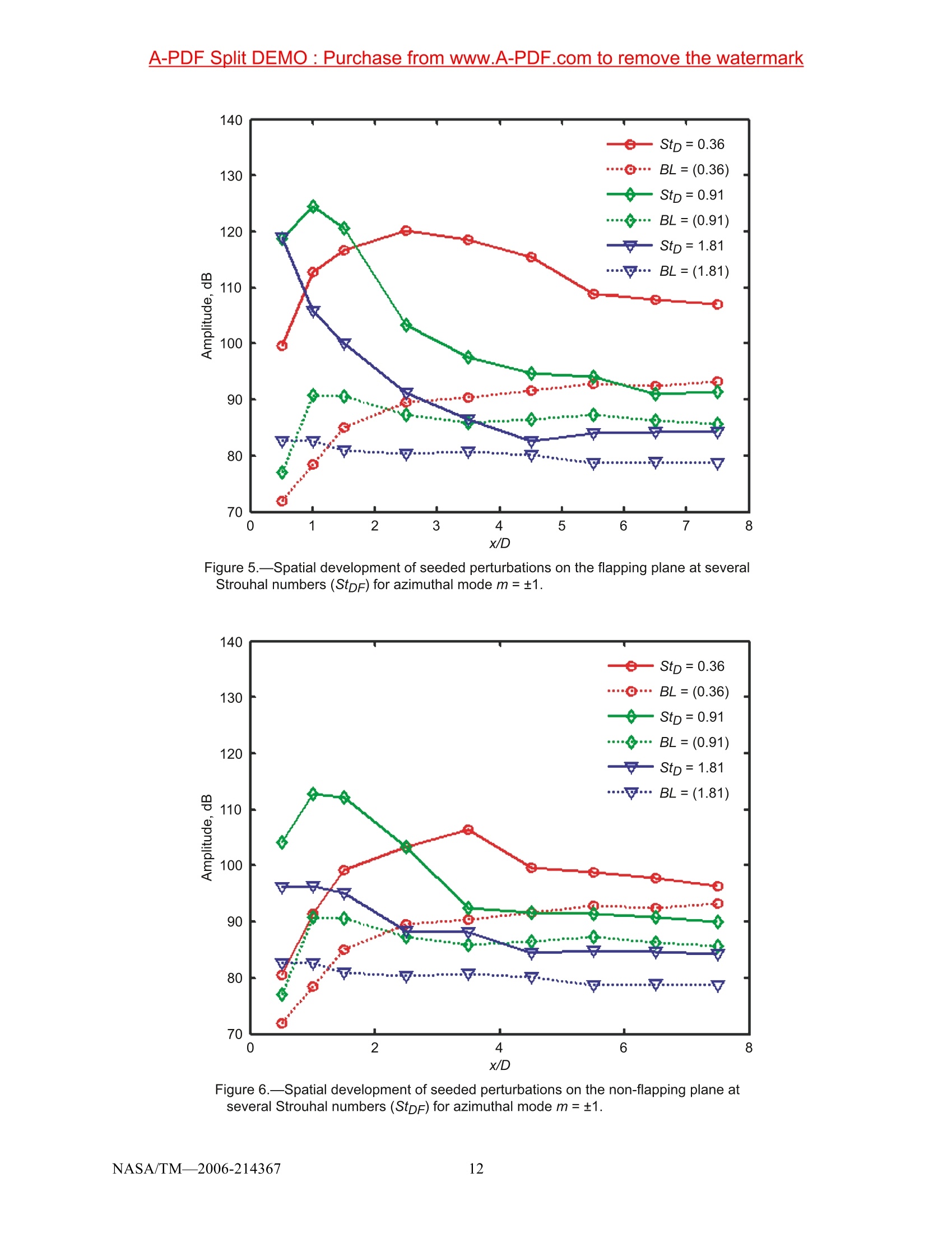
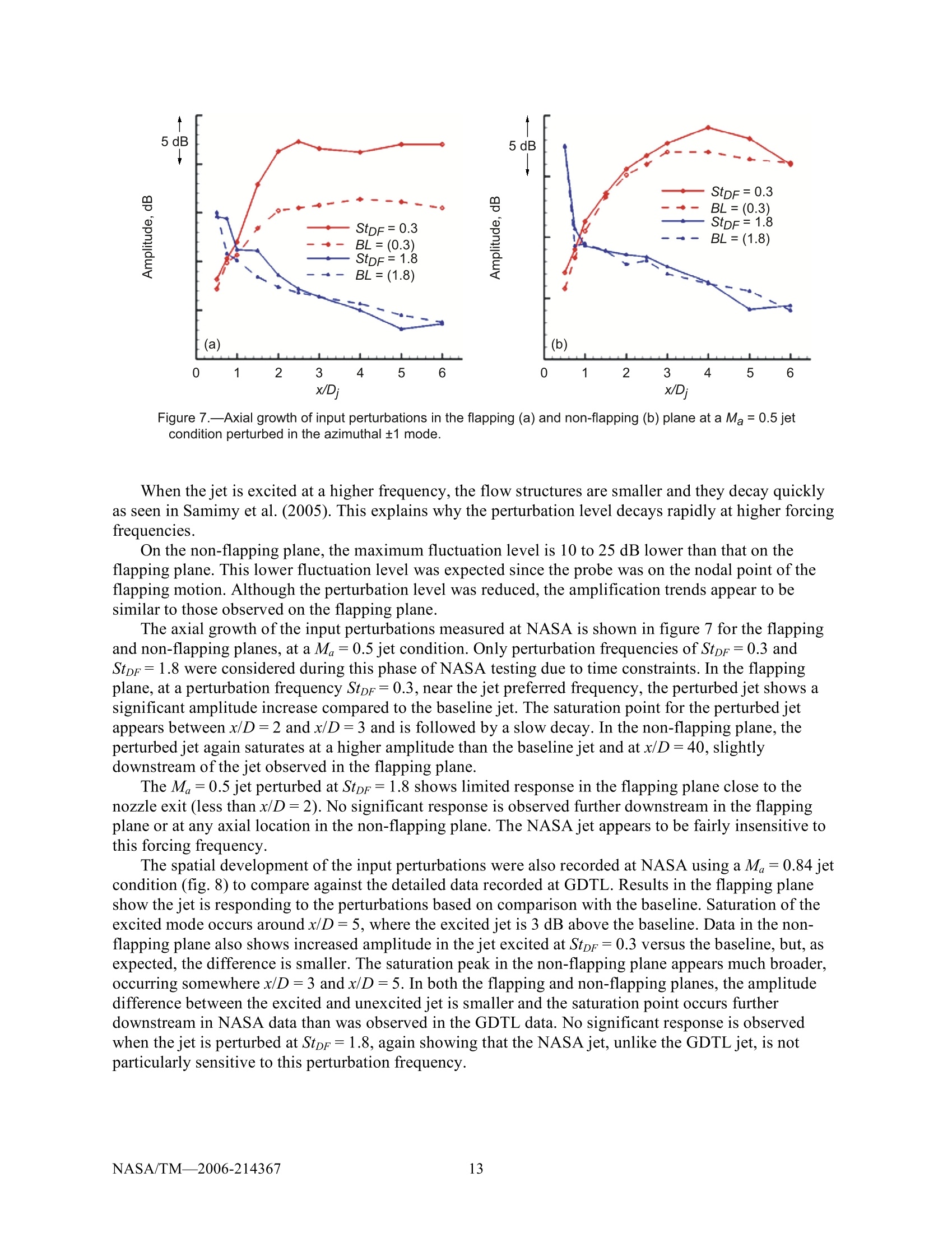

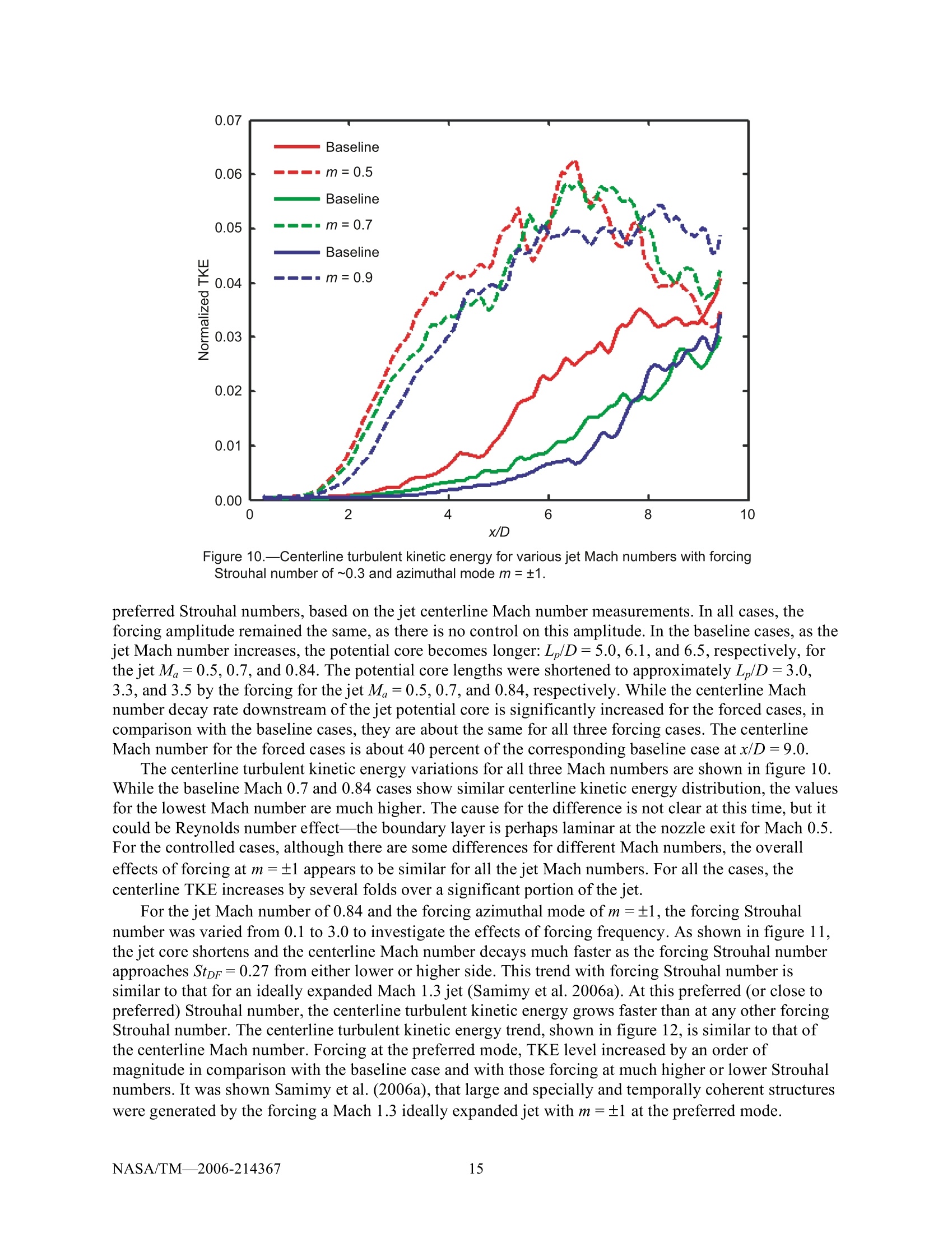
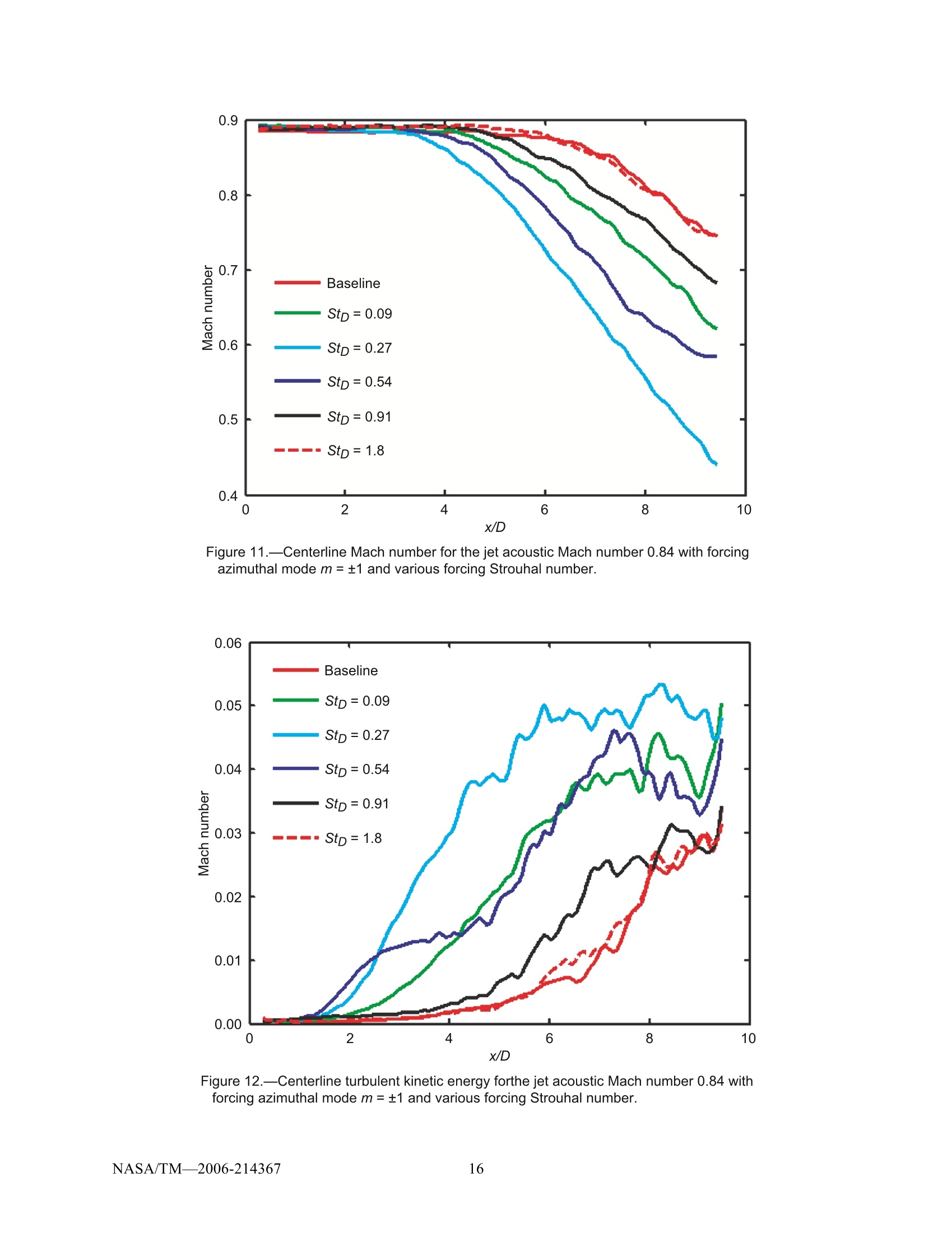
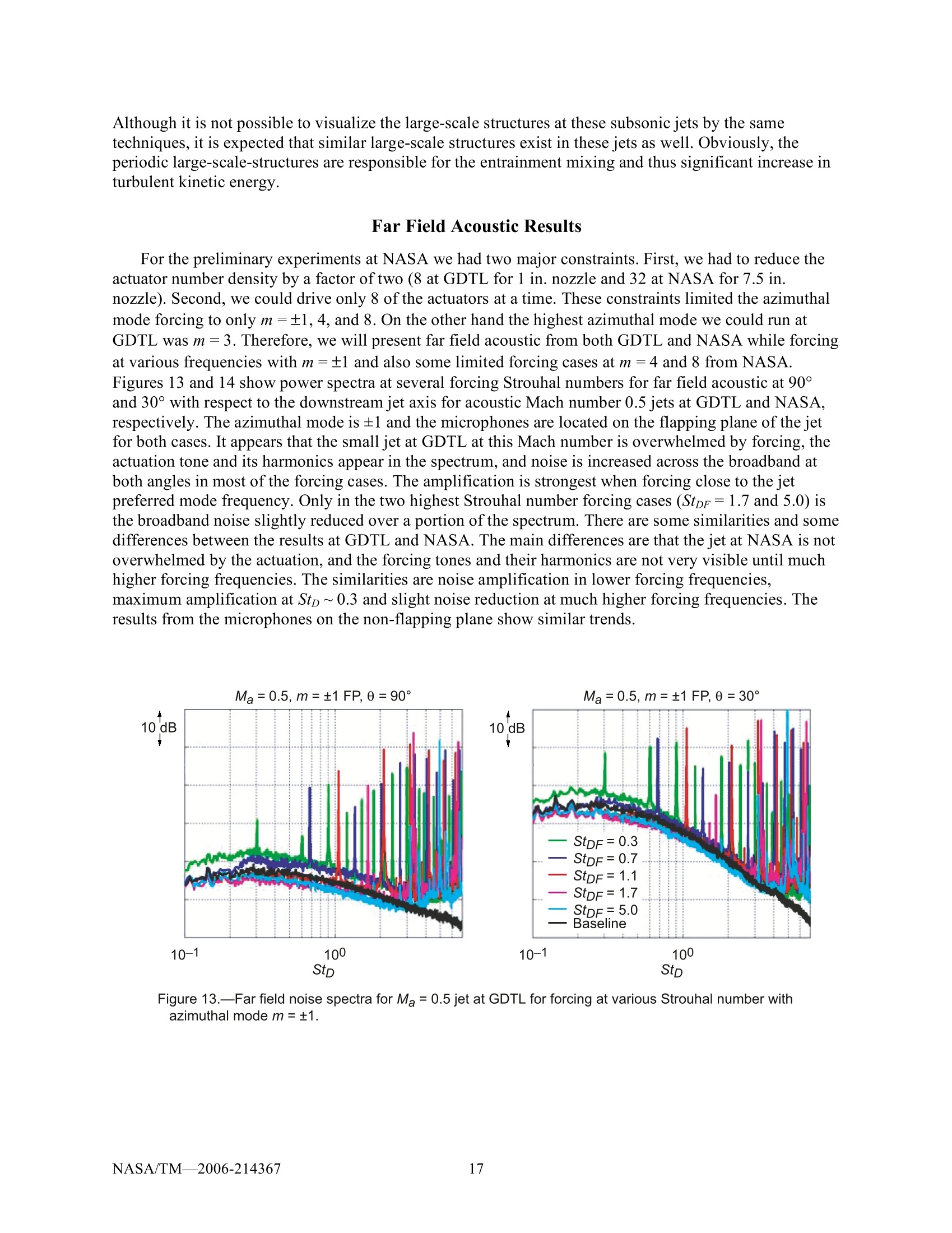
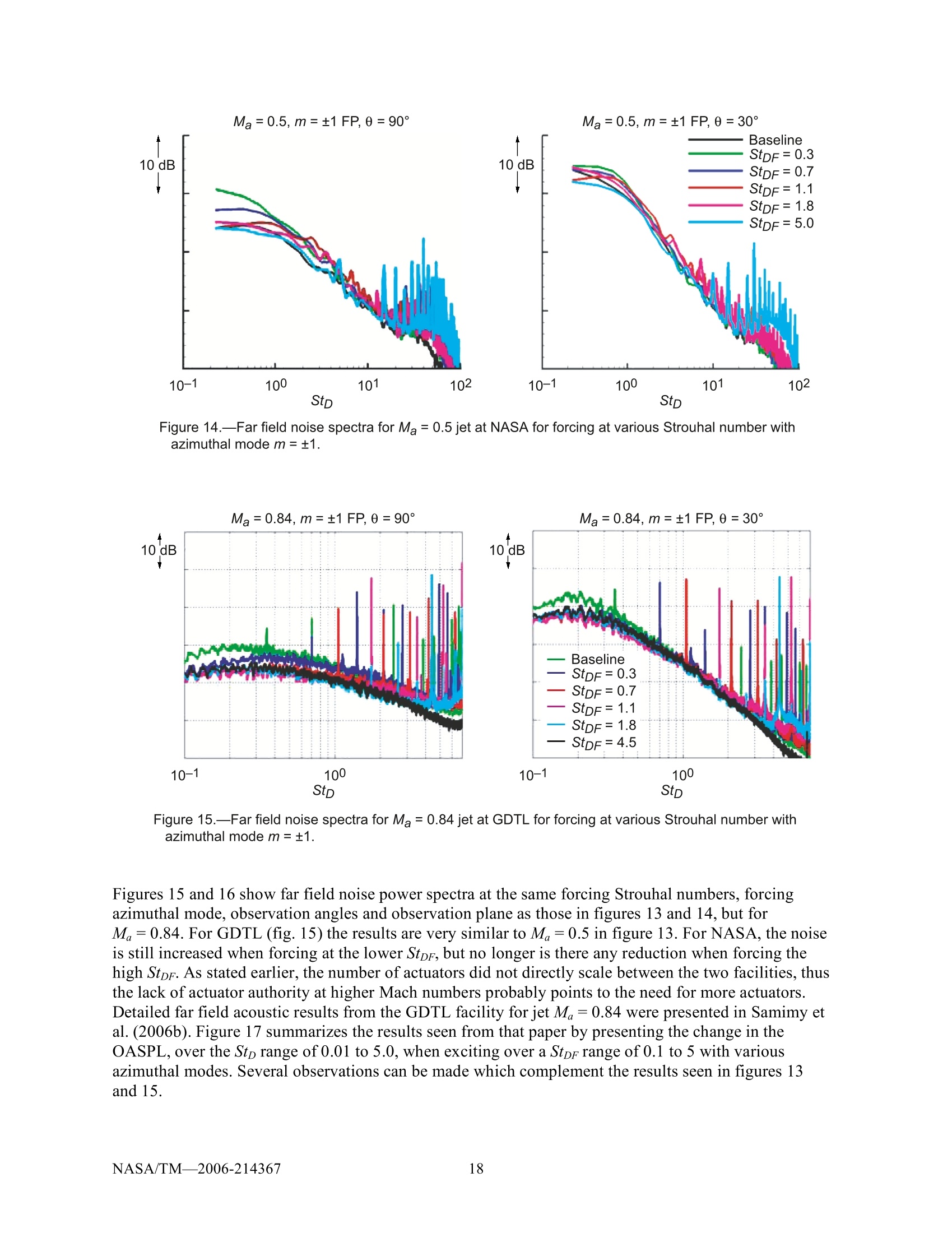
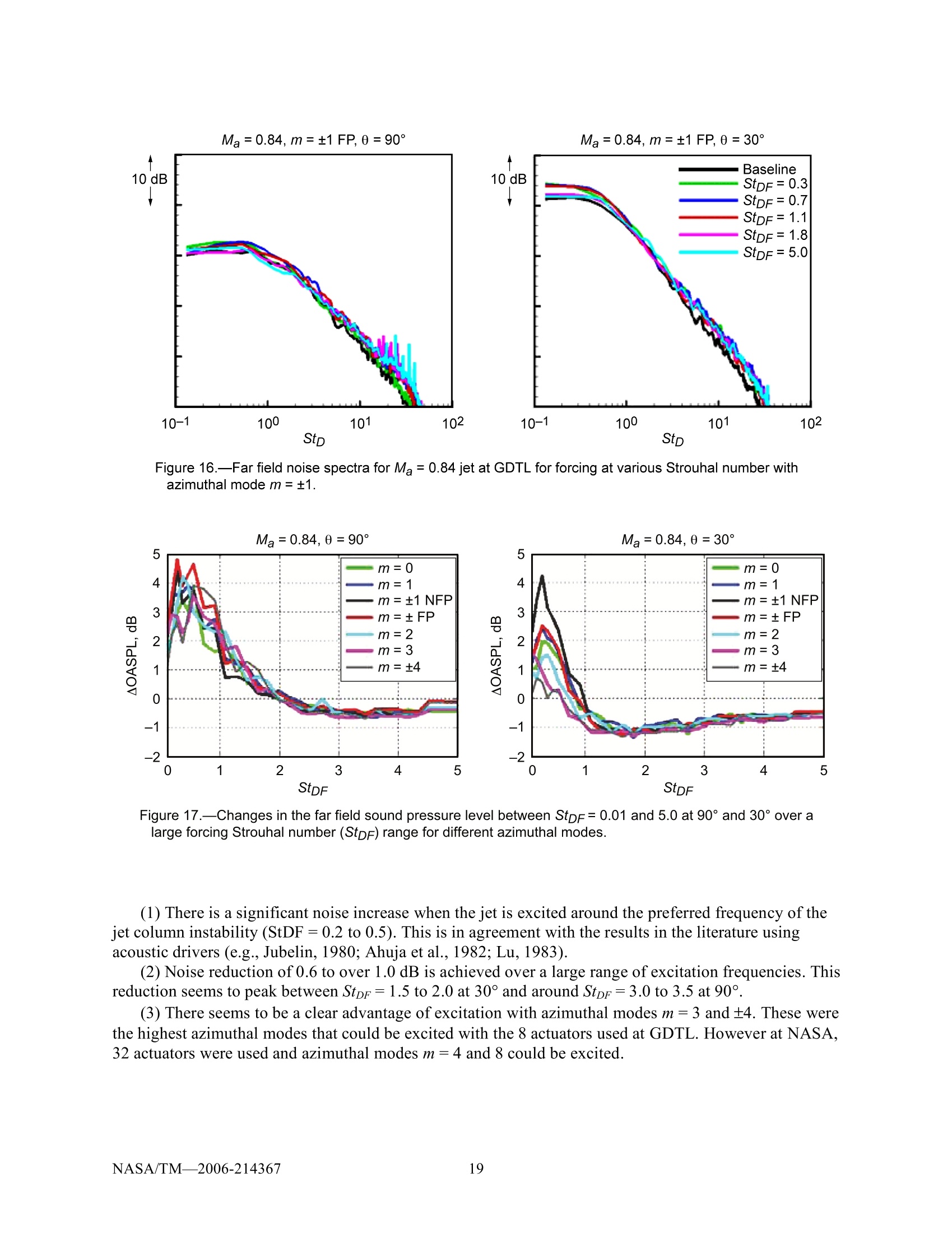
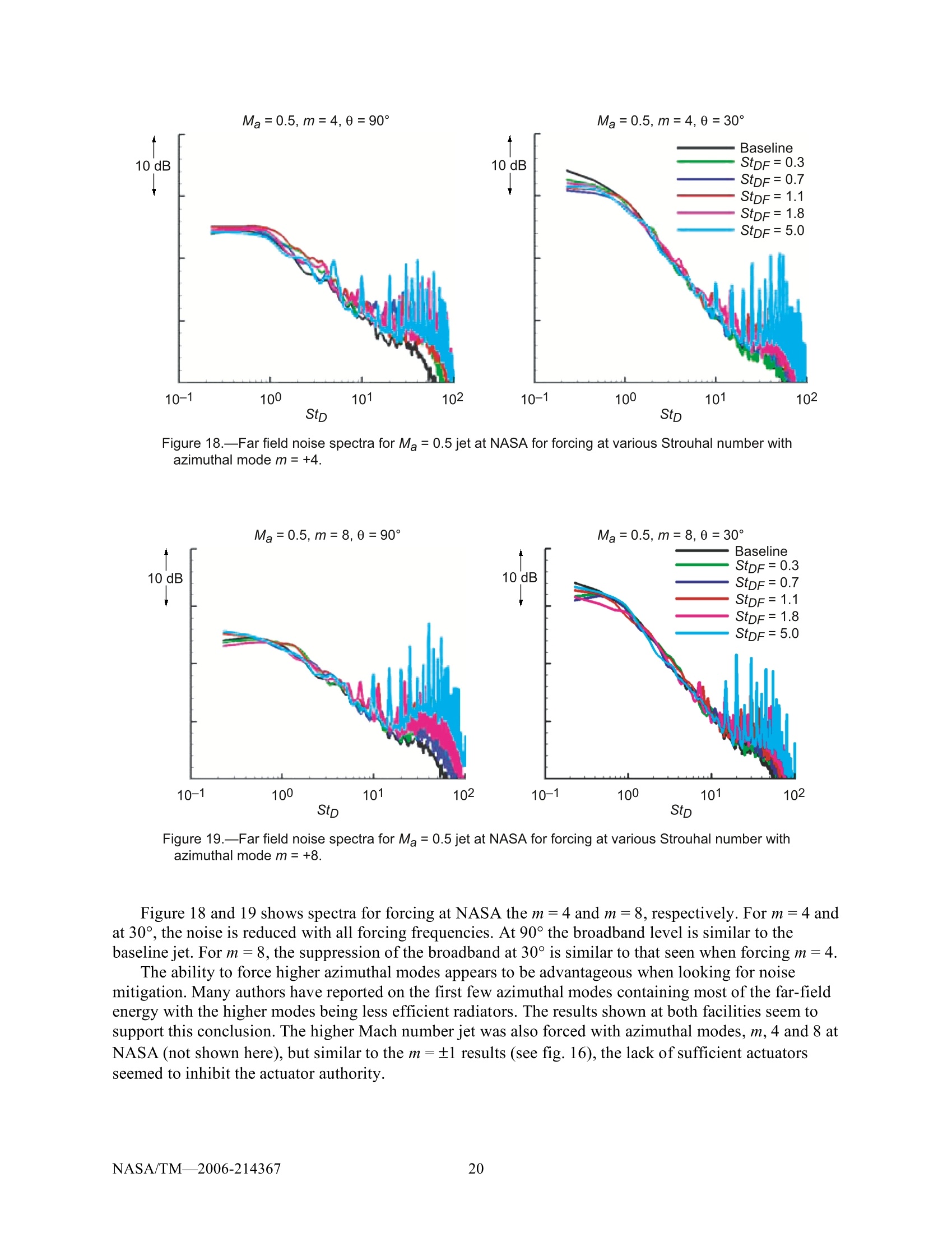
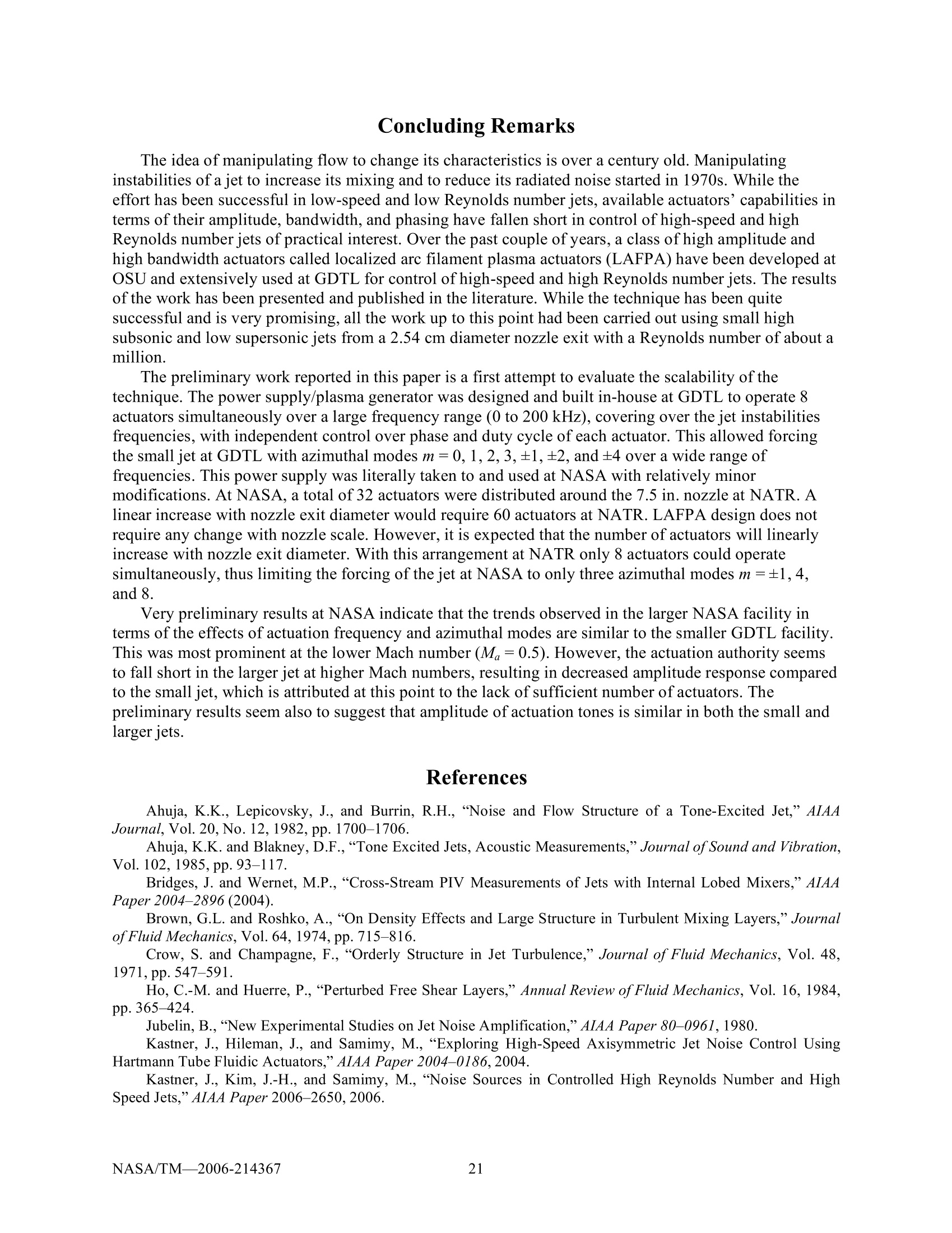
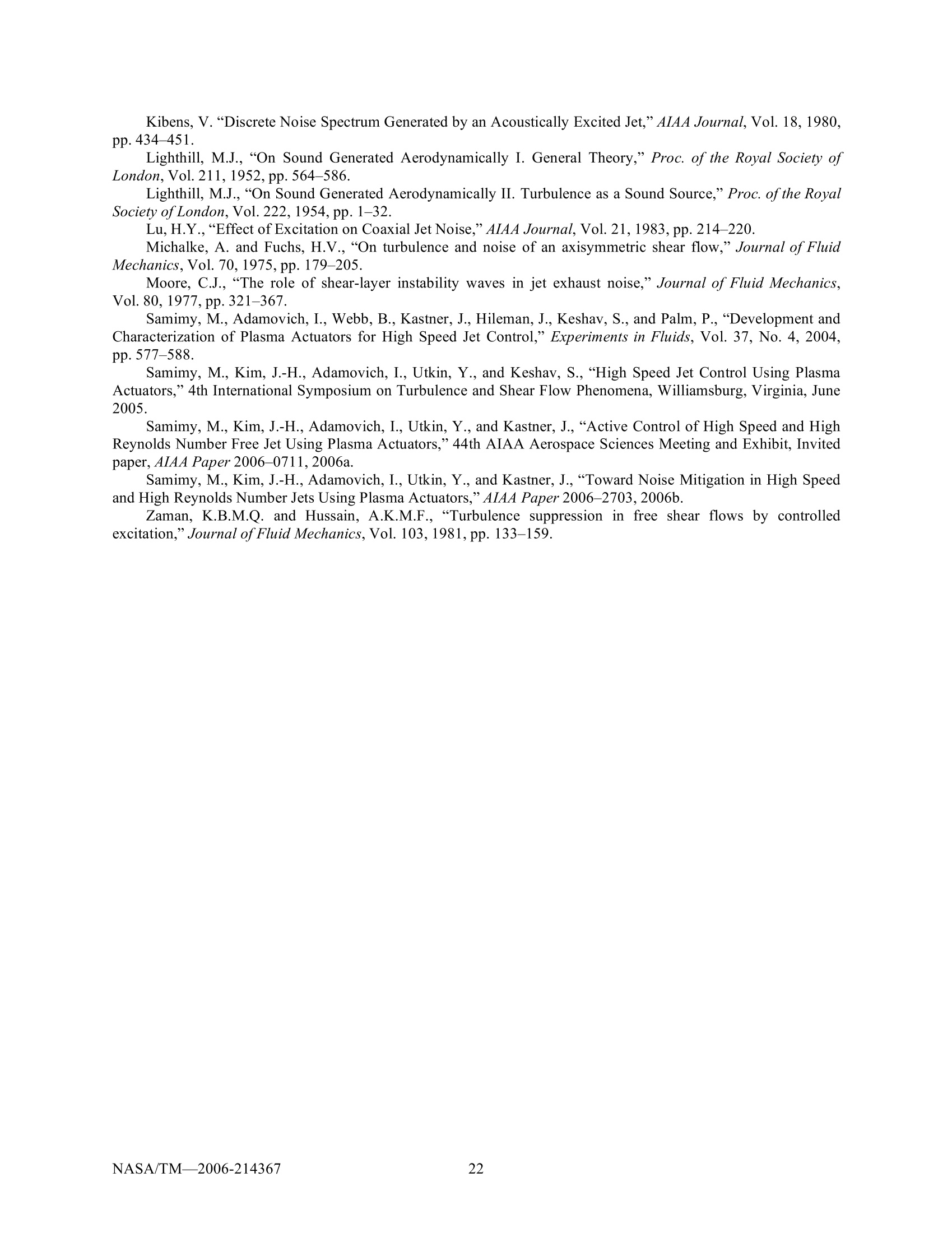
还剩9页未读,是否继续阅读?
北京欧兰科技发展有限公司为您提供《等离子体中使用等离子体制动器实现对高速高雷诺数喷射的流动和噪声控制检测方案(粒子图像测速)》,该方案主要用于其他中使用等离子体制动器实现对高速高雷诺数喷射的流动和噪声控制检测,参考标准--,《等离子体中使用等离子体制动器实现对高速高雷诺数喷射的流动和噪声控制检测方案(粒子图像测速)》用到的仪器有德国LaVision PIV/PLIF粒子成像测速场仪、Imager sCMOS PIV相机、PLIF平面激光诱导荧光火焰燃烧检测系统
推荐专场
CCD相机/影像CCD
更多
相关方案
更多
该厂商其他方案
更多

















